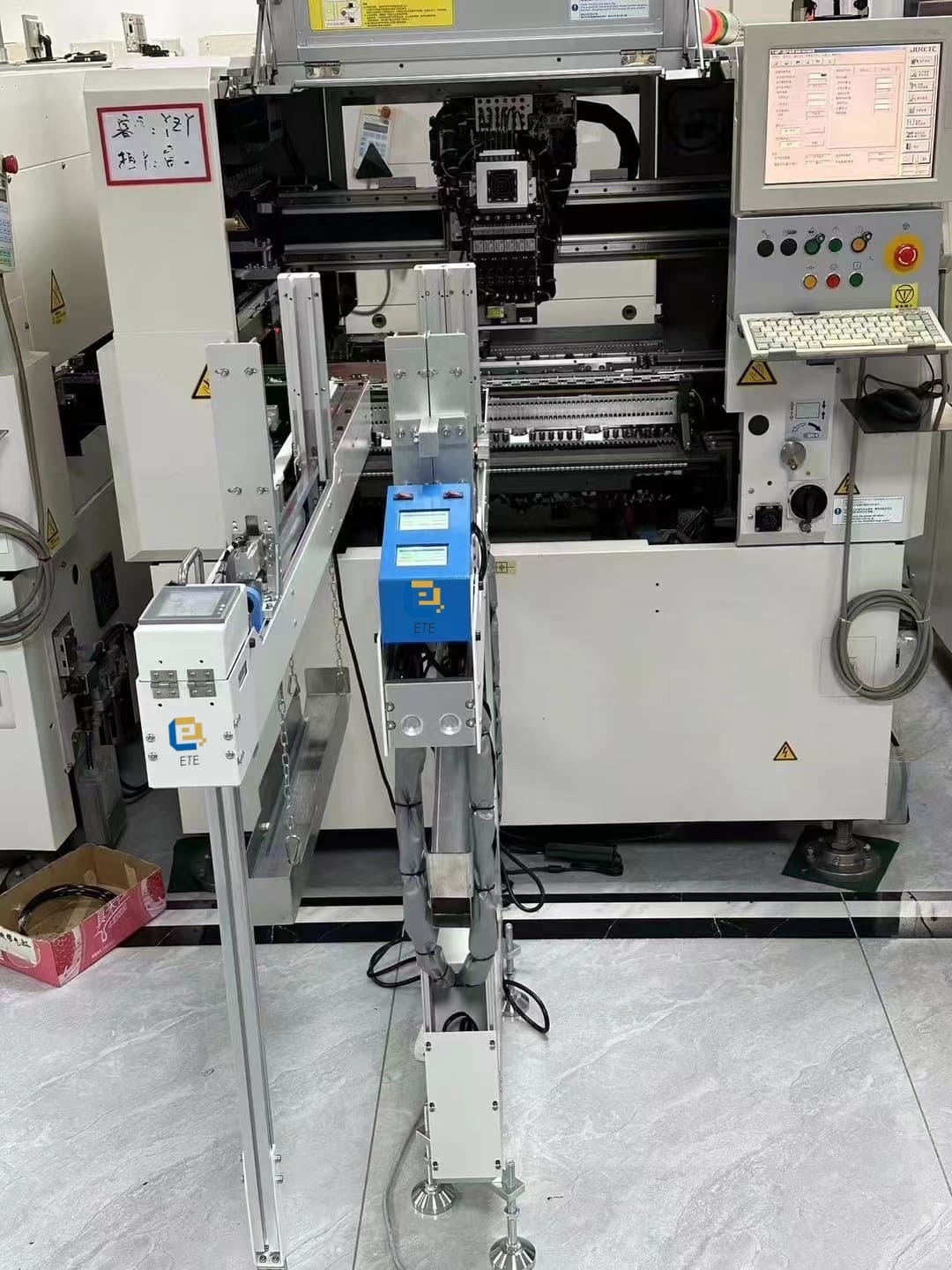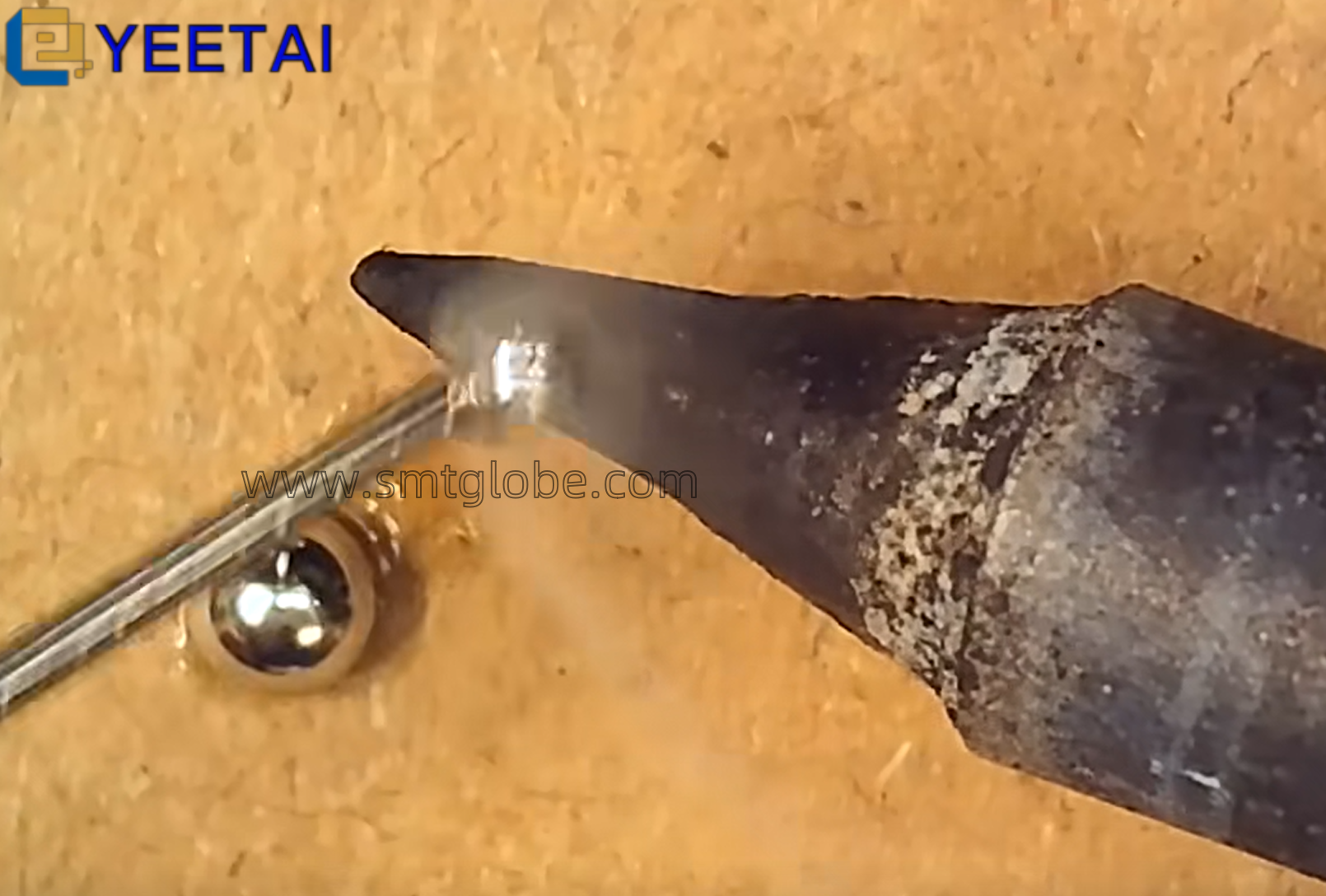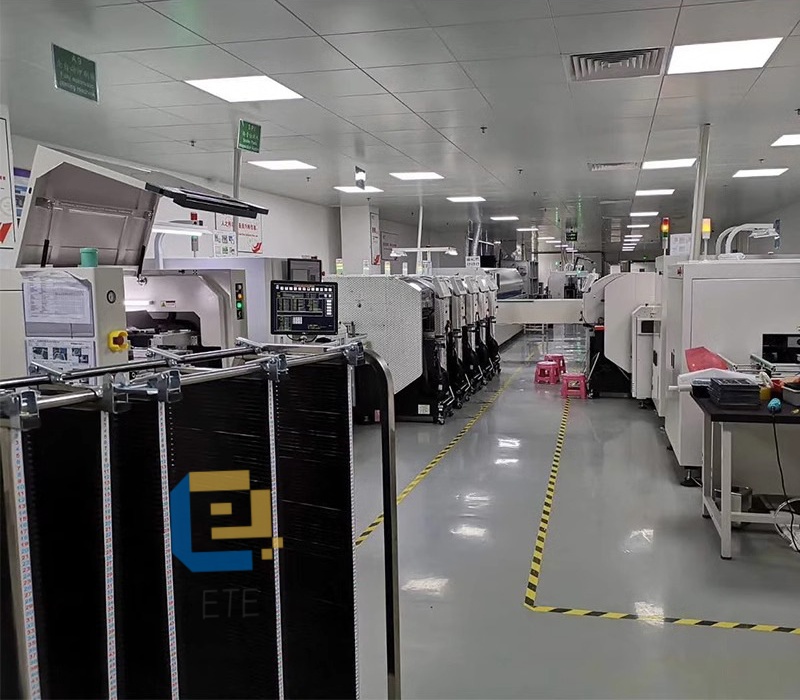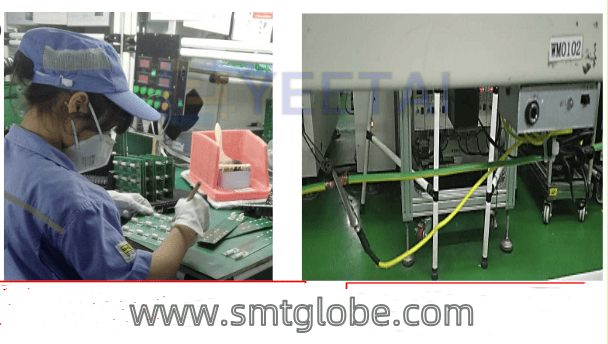With the rapid development of the electronics industry, SMT (Surface Mount Technology) has become an indispensable part of modern electronic manufacturing. As a key piece of equipment on SMT production lines, the proper functioning of feeders directly impacts the efficiency and quality of the entire production process. Therefore, maintenance of SMT feeders is crucial. In this article, we will share our experiences in maintaining SMT feeders.

The Importance of Maintenance
First and foremost, we recognize the significance of maintenance work. Feeders, as precision devices in SMT production lines, have complex internal structures and operating principles. When a malfunction occurs, it not only affects production schedules but can also lead to a decline in product quality. Regular maintenance checks on feeders are essential for timely identification and resolution of issues, ensuring stable operation of the production line.
The Detail-Oriented Nature of Maintenance
Secondly, we understand that maintenance requires meticulous attention to detail. During maintenance, it is vital to thoroughly inspect various components of the feeder, including sensors, motors, and conveyor belts. Each component can potentially be a source of problems, so we must not overlook any detail. Additionally, we need to monitor the operational status of the feeder, such as speed and accuracy, to ensure it is functioning at its best.
Effective Troubleshooting Techniques
Moreover, we have learned how to effectively resolve feeder malfunctions. Throughout our maintenance experiences, we have encountered a variety of issues, such as conveyor belt misalignment and sensor failures. For different problems, we need to implement corresponding solutions. For instance, to address conveyor belt misalignment, we adjust the tension and position of the belt; for sensor failures, we check the wiring connections and replace any damaged components. Through continuous practice and reflection, we have gradually mastered the methods and techniques for troubleshooting feeder issues.
Emphasizing Team Collaboration and Communication
Finally, we believe that maintenance work requires a strong emphasis on teamwork and communication. During maintenance, it is essential to collaborate closely with other maintenance and technical personnel to solve problems collectively. Additionally, maintaining communication with production line operators is crucial to understanding the equipment’s operational status and any issues that arise, facilitating better maintenance efforts.
Through our experiences in maintaining SMT feeders, we have gained a deep appreciation for the importance of maintenance, its detail-oriented nature, and the significance of teamwork and communication. We also recognize that continuous improvement and innovation in maintenance practices are essential. As technology advances and equipment evolves, we must continually learn and master new maintenance methods and techniques to meet changing production demands. Furthermore, we can explore the introduction of intelligent maintenance management systems that utilize data analysis and predictive maintenance to enhance the efficiency and accuracy of our maintenance work.
Conclusion
In summary, maintaining SMT feeders is a challenging yet rewarding endeavor. Through ongoing learning and practice, we can continually enhance our maintenance skills. Additionally, we must stay attuned to industry trends and technological innovations to drive improvements and innovations in maintenance practices. By doing so, we can ensure the reliability and efficiency of SMT production lines, ultimately contributing to the success of the electronics manufacturing industry.
At YEETAI, we produce all kinds of feeder to upgrade SMT machines.



